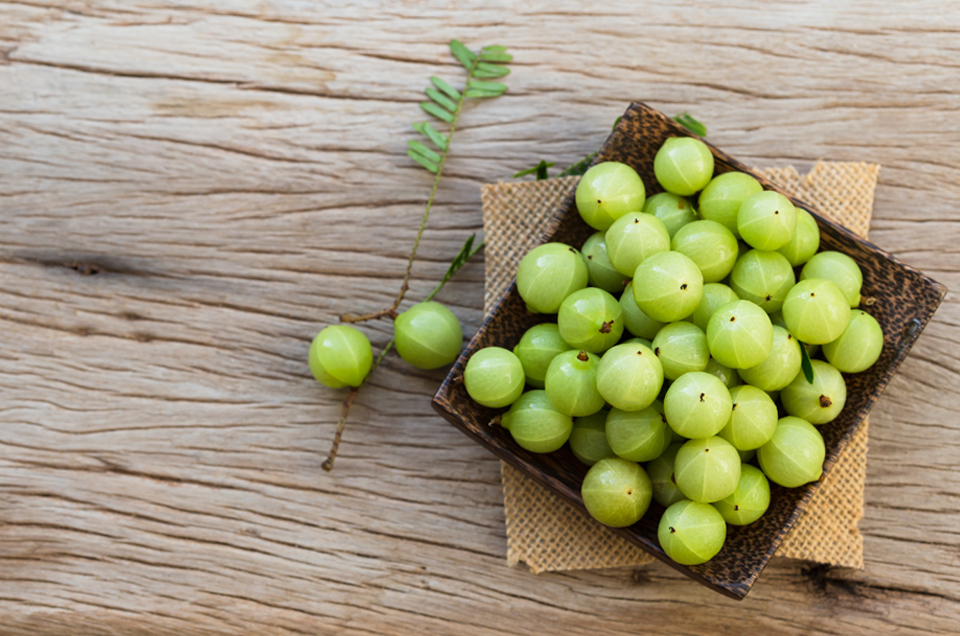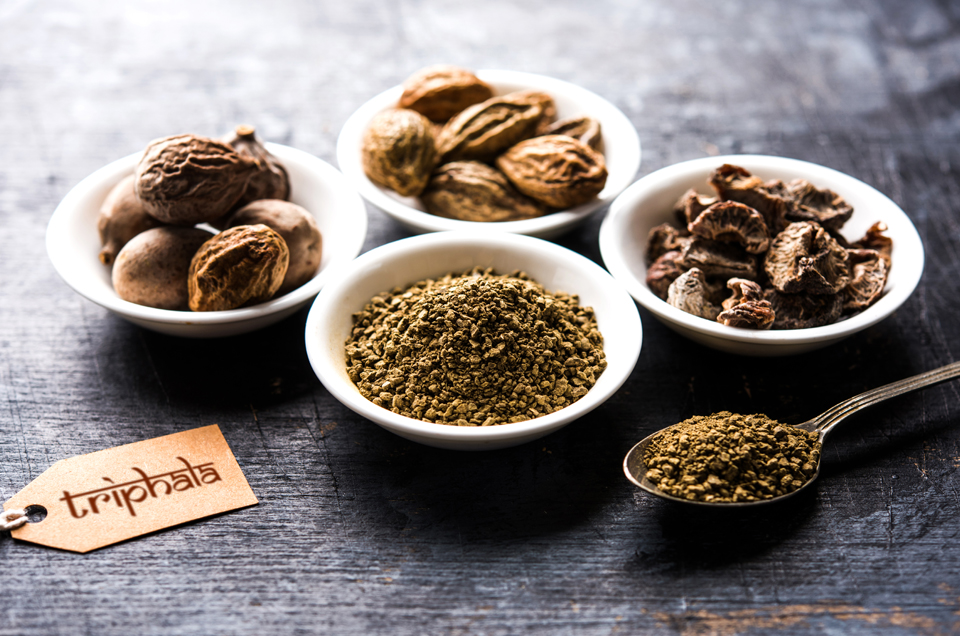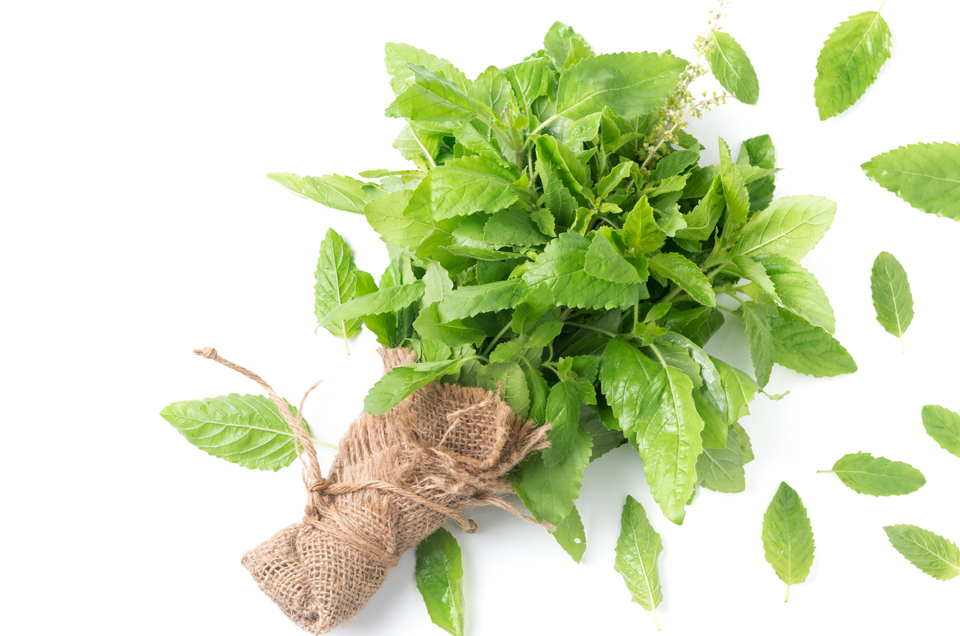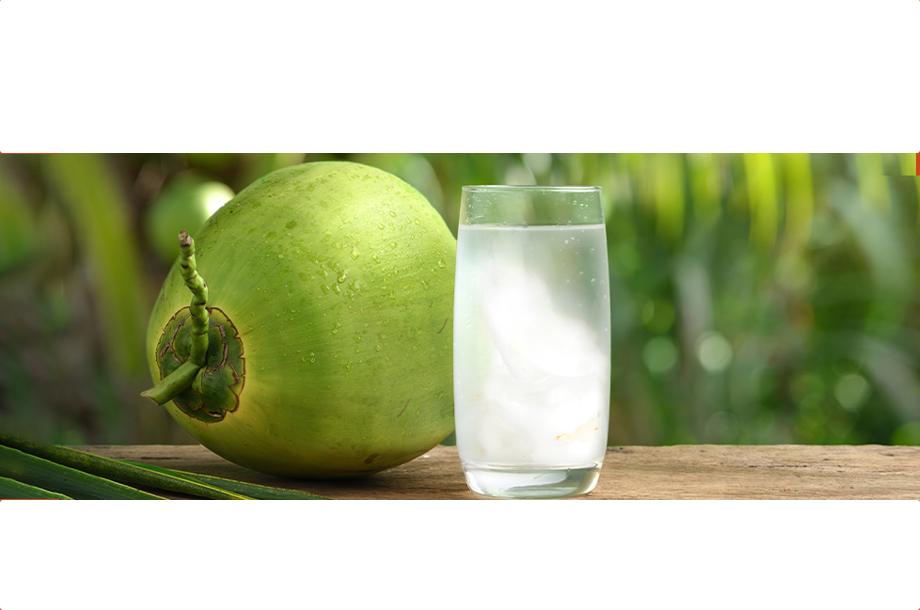All three fruits combined together make what is called "triphala." "Tri" means "three" and "phala" means "fruit," so literally translated triphala means "three fruits." And the three fruits it contains are harada (Chebulic myrobalan), and vibhitika (Belliric myrobalan) amla (Indian gooseberry).
Triphala is highly regarded as a potent Ayurvedic combination that promotes bowel movement. Ayurveda holds that most health afflictions of humans have their roots embedded in faulty or incomplete digestion.
Triphala has helped people across the globe to regularize their motions and cleanse their systems. But there are deeper benefits of triphala. These include its potential to reduce serum cholesterol, improve circulation, exert a marked cardio-protective effect, reduce high blood pressure, improve liver function, act as an anti-inflammatory and exhibit anti-viral properties.
In addition, it has high nutritional value. Because of its cleansing effect, it detoxifies the body. These are the qualities that have attracted the pantheon of alternative medicine to this wondrous formula.
Triphala is a classic example of the adage "unmatched individually, matchless together." The magic of triphala, exists in its individual components. Each, interestingly, corresponds to three different bodily doshas-vata, pitta, and kapha-and therefore exhibits specific, yet collective, action on these doshas.
While harada exhibits purifying effects, and amla laxative effects, vibhitika is known for removing kapha imbalances for being anti-spasmodic. If all the three constituents are organically grown and manufactured in standardized facilities, triphala becomes a most energetic formula when taken regularly under dietary guidance.




 Jan 21, 2020
Jan 21, 2020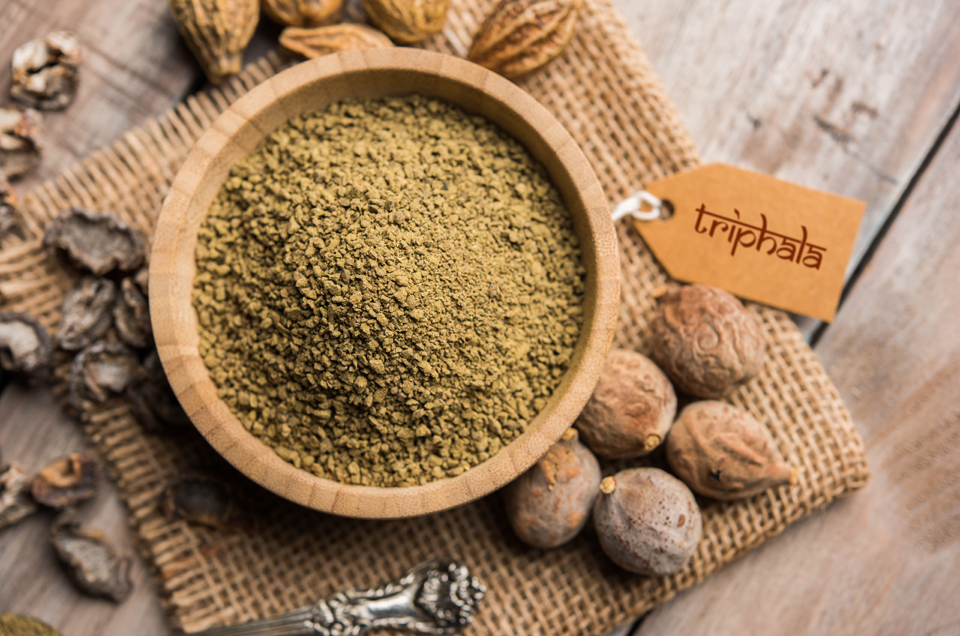
 Prev
Prev

